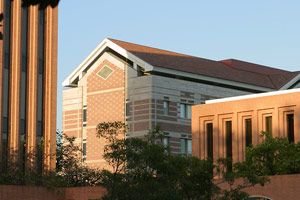History of the Institute

Inspired by his experience making
Schindler’s List, Steven Spielberg established the Survivors of the Shoah Visual History Foundation in 1994 to gather video testimonies from survivors and other witnesses of the Holocaust. While most of those who gave testimony were Jewish survivors, the Foundation also interviewed homosexual survivors, Jehovah’s Witness survivors, liberators and liberation witnesses, political prisoners, rescuers and aid providers, Roma and Sinti (Gypsy) survivors, survivors of Eugenics policies, and war crimes trials participants. Within several years, the Foundation’s Visual History Archive held over 51,000 video testimonies in 34 languages, representing 58 countries; it is the largest archive of its kind in the world. With the inclusion of witnesses from other genocides, the Archive now contains nearly 59,702 testimonies in 44 languages from 69 countries.
In January 2006, the Survivors of the Shoah Visual History Foundation became part of the Dana and David Dornsife College of Letters, Arts and Sciences at the University of Southern California in Los Angeles, where the testimonies in the Visual History Archive will be preserved in perpetuity. The change of name to the USC Shoah Foundation—The Institute for Visual History and Education reflects the broadened mission of the Institute: to overcome prejudice, intolerance, and hatred—and the suffering they cause—through the educational use of the Institute’s visual history testimonies. Today the Institute reaches educators, students, researchers, and scholars on every continent, and supports efforts to collect testimony from the survivors and witnesses of other genocides.
United States
53.092603, 101.425781
